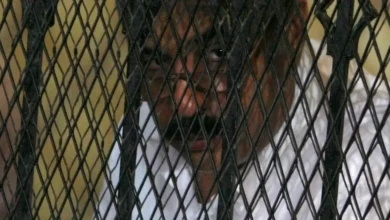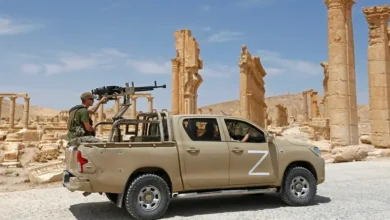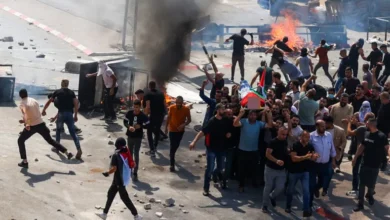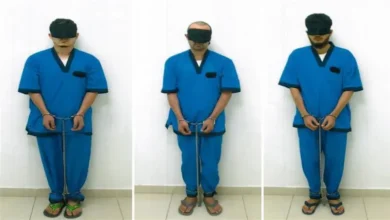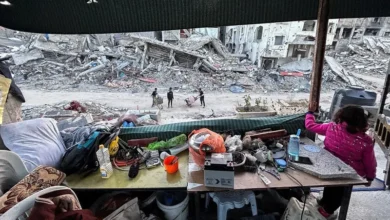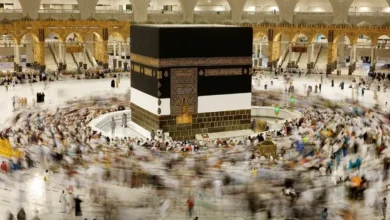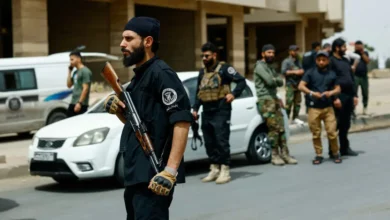Two-thirds of Syrians at risk of unexploded bombs: NGO
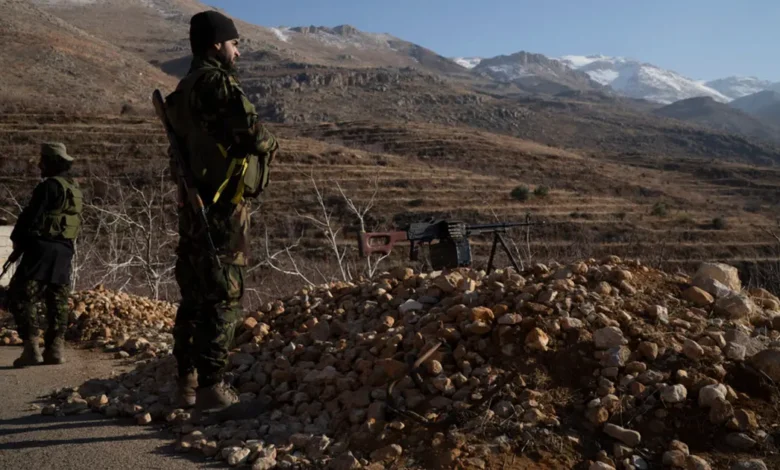
Two-thirds of Syrians risk being wounded or killed by unexploded ordnance remaining after Syria’s almost 14-year civil war, the Humanity and Inclusion non-governmental organization said.
It’s “an absolute disaster,” said HI’s Syria program director Danila Zizi, noting “more than 15 million people (are) at risk” out of the country’s estimated population of some 23 million.
Syria’s conflict has killed more than half a million people and displaced millions more from their homes inside the country and abroad since it erupted in 2011 with the brutal repression of anti-government protests.
Of the around one million munitions that have landed or been planted across Syria since then, experts estimate that 100,000 to 300,000 had never detonated, HI says.
Now as hundreds of thousands of Syrians return to their homes after opposition forces toppled president Bashar al-Assad in December, “urgent action is needed to mitigate the risk of accident,” it says.
On top of all the other munitions used by all sides in the war, Assad government helicopters dropped barrel bombs — crude, unguided explosive devices usually including fuel and metal fragments — on opposition-held areas.
Zizi said that barrel bombs “have a higher rate of failing” to detonate than some other weapons.
ISIS extremists also left behind ammunition as they retreated from US-backed fighters who defeated them in 2019, she said, which meant “lots of booby traps that have never been really marked or mapped.”
More than one million people have returned to their homes in Syria since Assad fled, including 280,000 refugees who came back from abroad, the United Nations says.
In January alone, 125 unexploded ordnance accidents were recorded in which at least 85 people were killed and 152 injured, HI says.
Most casualties are men who were trying to provide for their families — mostly farmers tending to their land or grazing animals — or children playing in schoolyards or near their homes, it says.
